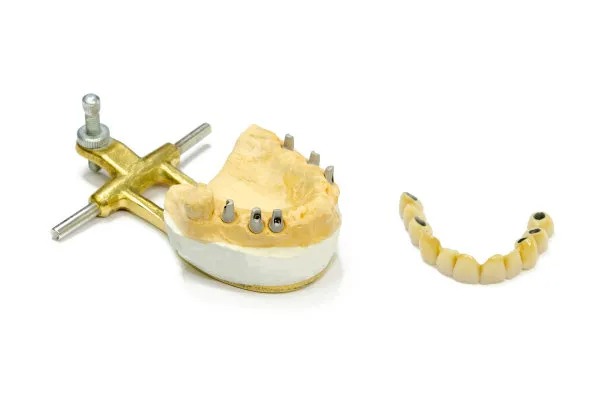The Essential Guide to Understanding the Process and Aftercare of Extracting a Tooth for Optimal Oral Health
Summary: Extracting a tooth can be a daunting experience, yet understanding its process and proper aftercare plays a crucial role in maintaining optimal oral health. This comprehensive guide breaks down the essential steps involved in tooth extraction, from the reasons you might need a tooth removed to the recovery strategies that ensure a smooth healing process. We will explore the pre-extraction preparations, the procedures involved during the extraction, potential complications that could arise, and the aftercare needed for a quicker recovery. By following these guidelines, individuals can enhance their understanding, manage discomfort, and promote healing effectively.
1. Pre-extraction Preparations and Considerations

Before undergoing a tooth extraction, it is vital to prepare both physically and mentally. The initial step involves a thorough dental evaluation where the dentist assesses the tooth and surrounding tissues. This evaluation may include X-rays to determine the position of the tooth and its roots, ensuring comprehensive knowledge of your specific situation.
Patients should also disclose their medical history during the consultation. Informing the dentist about medications, allergies, and pre-existing health conditions allows for tailored advice and optimal care. Certain medical issues may necessitate special precautions or contraindications for the procedure.
Additionally, understanding why the extraction is necessary can ease anxiety. Common reasons include decay, overcrowding, or damage. Knowing the rationale behind the procedure can strengthen the patients resolve and commitment to follow through with necessary aftercare.
2. The Tooth Extraction Procedure Explained
The actual tooth extraction involves several phases, starting with anesthesia. Local anesthetics are typically used to ensure the patients comfort during the procedure. In some cases, sedation may be recommended, especially for those with anxiety or complex extractions.
Once the area is numb, the dentist carefully loosens the tooth using specialized instruments. For teeth with deeper roots or those that are impacted, the procedure may be more intricate, involving surgical techniques. Throughout this process, the dentist ensures minimal discomfort, with a focus on maintaining safety and precision.
After the tooth is removed, the dentist may need to clean the site and apply gauze to promote blood clotting. Patients are advised about immediate post-extraction care, including how to manage any discomfort and the importance of resting to facilitate healing.
3. Potential Complications During Tooth Extraction
While tooth extractions are fairly routine, complications can arise. One common issue is dry socket, which occurs when the blood clot at the extraction site fails to form or becomes dislodged. This condition can lead to severe pain and delays in recovery, requiring medical intervention.
Infections are another risk, particularly if proper oral hygiene is not maintained after the extraction. Symptoms such as swelling, fever, or pus at the extraction site should be closely monitored, as they indicate a possible infection that may require antibiotics.
Additionally, nerve damage is a rare but serious complication, usually occurring during the extraction of lower wisdom teeth. Patients should be aware of the potential risks and communicate openly with their dentist about any concerns to ensure they receive appropriate care in a timely manner.
4. Post-extraction Aftercare for Effective Healing
After a tooth extraction, proper aftercare is paramount for a swift recovery. Patients are advised to follow their dentists recommendations closely, including dietary restrictions. Initially, sticking to soft foods and avoiding hot, spicy, or crunchy items is critical to prevent irritation.
Oral hygiene routines should also be adapted temporarily. While brushing and rinsing are important, patients should avoid the extraction site for the first few days. Saltwater rinses can be beneficial in promoting healing without disturbing the area.
Monitoring symptoms post-extraction is essential. Persistent pain or swelling beyond initial expectations may indicate complications that require prompt medical attention. Staying hydrated and following all aftercare guidelines can significantly minimize discomfort and expedite the healing process.
Summary: In conclusion, understanding the process and aftercare of tooth extraction is essential for maintaining optimal oral health. From pre-extraction preparations to the healing aftermath, each step plays a vital role in ensuring a smooth procedure and minimizing potential complications. By being informed, patients can approach tooth extraction with confidence and the knowledge that proper care leads to a healthier mouth. Keeping open communication with dental professionals further enhances the recovery experience.
This article is compiled by Vickong Dental and the content is for reference only


